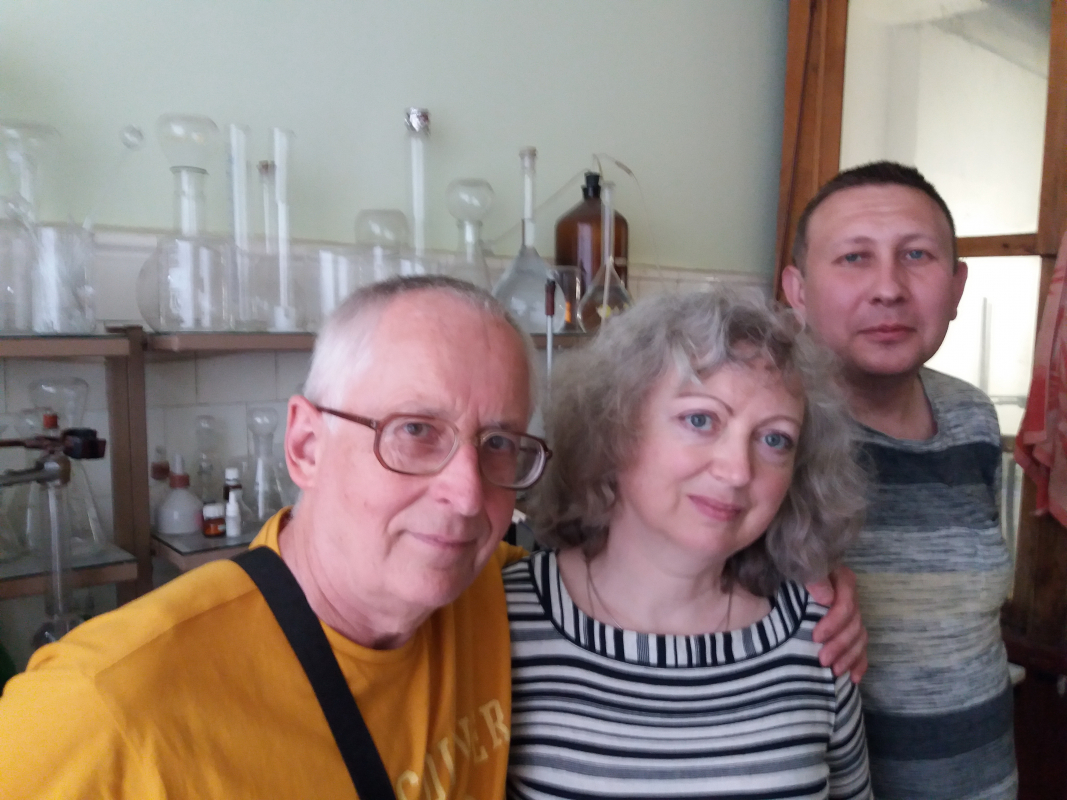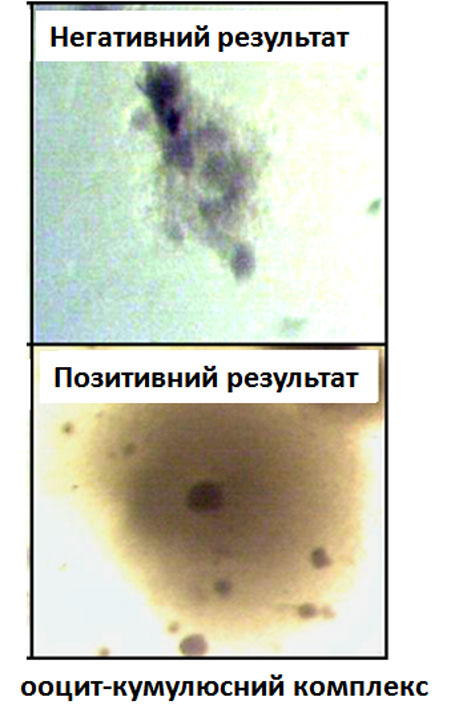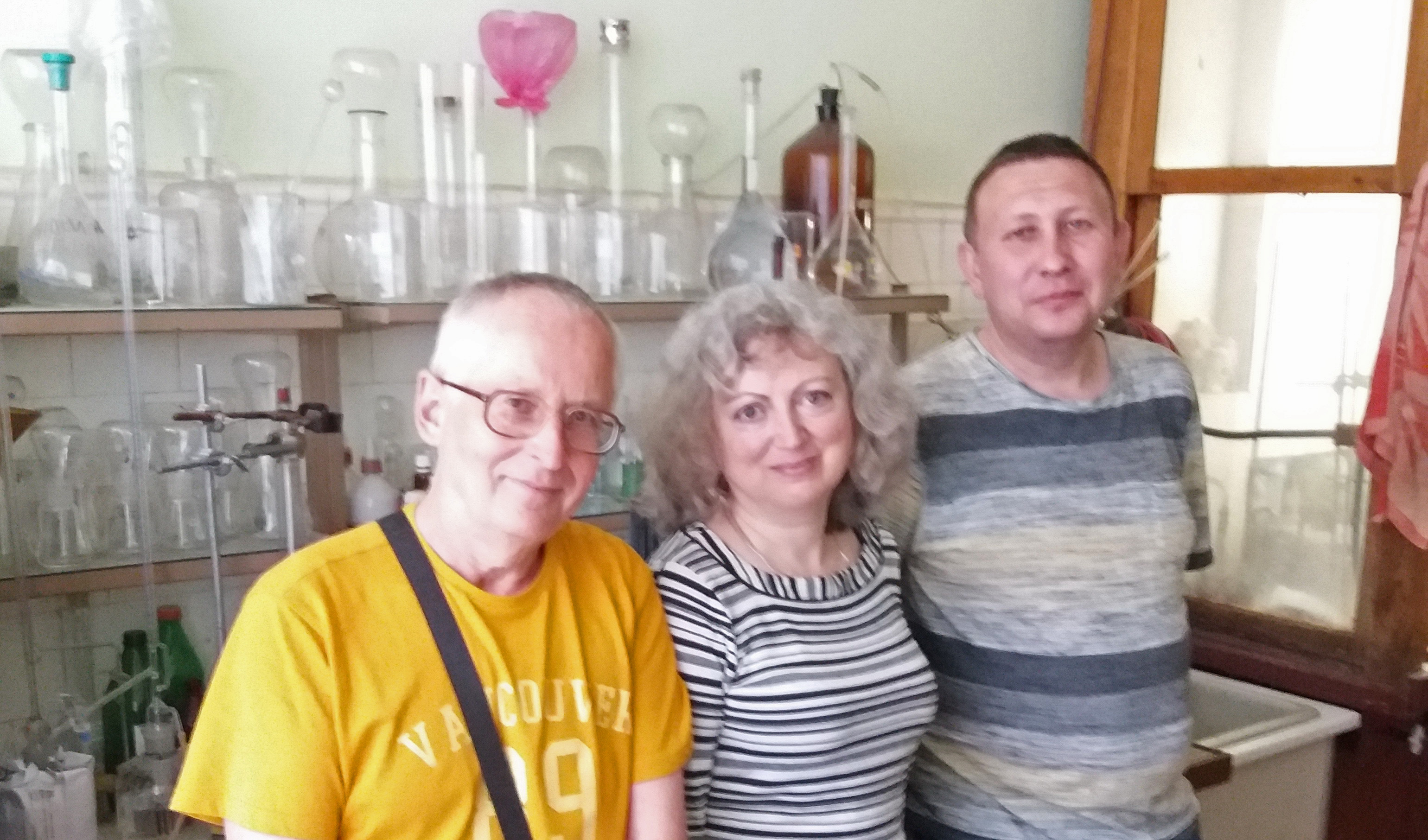Employees of the Department of Organic Chemistry, the Institute of Chemistry and Chemical Technologies: Professor Stanislav Voronov, Associate Professors: Yurii Stetsyshyn, Viktor Vasyliev, Senior Research Fellow Khrystyna Harhai, as well as this year’s master’s graduates, future postgraduate students: Ostap Lishchynskyi and Yana Shymborska took part in the joint research.
Researchers have developed a new copolymer nanostructured coating for growing cells, which is important for artificial insemination of animals. These successful comprehensive studies open new horizons for improving the efficiency of artificial insemination. It is a promising material for growing a complex of cells and has the potential to be used in veterinary and reproductive medicine. By mutual efforts, researchers have created three types of designed coatings on the principle of grafted polymer brushes, and studied their composition, thickness and morphology. They also managed to find out that the chemical nature of the polymer surface plays a crucial role in the growth and development of granulosa cells derived from cow ovarian follicles and, consequently, oocyte-cumulus complexes.
Yurii Stetsyshyn, Doctoral Candidate at the Department of Organic Chemistry, leads the research group of Lviv Polytechnicians:
– At the Department we carry out researches in several areas. One of them is the development of new «smart» polymeric materials for growing different types of cells, including oocytes. That is, we synthesize and study polymers and their application in bionanotechnology.
How does this happen in practice? We take a glass plate, make various modifications with it and form a grafted polymer layer of a certain chemical nature. This grafted layer has a positive or negative effect on different cell types. In our case, we are studying the possibility of using this layer in veterinary medicine and reproductive biotechnology, namely – for growing oocyte cells. We create certain conditions so that the oocytes adhere well to the surface, and auxiliary granulosa cells multiply intensively around them.
Our task is to create a polymer nanolayer of a certain chemical nature and a certain surface topography. Our colleagues from the Institute of Animal Biology (I want to mention Prof. Sharan and Senior Research Fellow Ostapiv) directly test materials for the growth of granulocyte and oocyte cells. We also perform similar work in cooperation with Stepan Gzhytskyi Lviv National University of Veterinary Medicine and Biotechnologies, Marian Smoluchowski Institute of Physics, Jagiellonian University, AGH University of Science and Technology (Poland) and Johannes Kepler University Linz (Austria).
– What results have been achieved so far?
– A joint study has been carried out by three institutions. Such cooperation gives good results. We have created a nanostructured coating which directly stimulates the growth of oocytes, so this type of cells feels comfortable on it: it does not die, does not spread in different directions, but grows well and forms well-developed compact structures.
We have positive experience in chemical synthesis research at the level of nanotechnology, but we lack highly professional sophisticated equipment worth millions of dollars. Jagiellonian University helps us to conduct the research. To create the chemical structure of the surface and its morphology, we use such techniques as time-of-flight secondary mass spectroscopy and atomic force microscopy. That is, we actually know height differences, humps, as well as the exact chemical structure of the surface at the nanoscale. In fact, this is confirmation that we have made the modification.
– What is the practical application of this research?
– We, researchers, have a long-standing problem: how to preserve and grow oocytes? That is, there may be such a situation: from cattle intended for slaughter, we must select oocytes, due to which new cattle can be raised, close to the one from which we took the material. It will not be a clone or a copy, but a close individual according to the characteristics. Our task is to preserve and grow oocytes to a certain level, and then it will be possible to carry out fertilization and transfer embryos to the recipient animal. One of the main tasks is to synthesize such polymeric materials on which the oocyte-cumulus complex will successfully grow and develop. If the cells grow well, then, accordingly, they can be used for other biotechnological manipulations.
For about four years we have been working on this research – the synthesis of nanostructured polymeric material and the growth of oocyte cells. We select different chemical structure, make different nanostructures on the surface and study how cells further behave.



